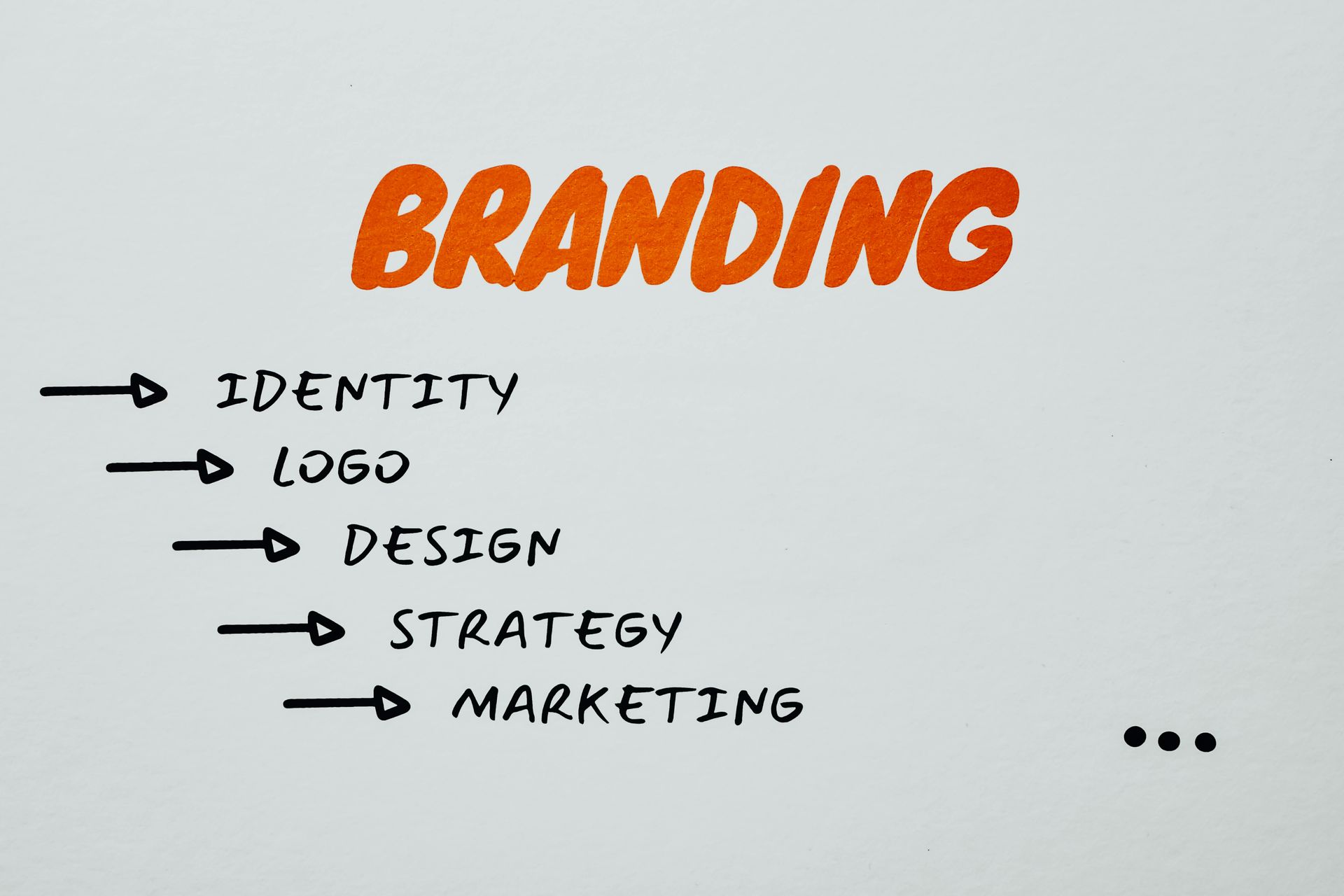How to Tailor Your Digital Marketing Strategy
As a small business owner, you may have noticed that different groups of people interact with your company differently. Understanding the nuances of each group’s preferences and tailoring your digital marketing strategy accordingly is essential. In this blog post, we’ll explore tactics that digital marketing agencies can use to cater to various groups using social media, blogs, photography, videography, paid ads, and email campaigns.
Age Groups
Different age groups consume content differently, which every digital marketing agency should keep in mind. For example, millennials and Gen Z tend to favor social media platforms like Instagram, Snapchat, and TikTok, while baby boomers and Gen X may prefer Facebook and LinkedIn. As such, agencies should tailor their social media posts to each platform’s unique audience. Business-to-business (B2B) companies should center on whichever social media platforms their competitors use, and potential customers would search for their services. Most often, Facebook and LinkedIn are used for B2B marketing.
Different Industries
When it comes to different industries, it’s essential to understand your target audience’s unique challenges and pain points. For example, a digital marketing agency working with healthcare providers may want to focus on patient engagement, HIPAA compliance, and medical billing topics.
Alternatively, an agency working with real estate professionals may want to focus on topics like lead generation, virtual tours, and digital staging. When possible, content that can reach multiple industries is king. For instance, if you have clients in the construction industry, you can create content that appeals to contractors and subcontractors like asphalt companies or roofers.
Photography and videography can also play a significant role in catering to specific industries. For example, if you’re working with a hospitality client, consider creating a video that showcases their hotel or restaurant’s amenities. For a tech client, develop a series of product demo videos highlighting their software’s key features.

Investors
When attracting investors, showcasing your company’s unique value proposition and growth potential is vital. Paid ads can be a great way to target potential investors, as they allow you to reach a particular audience based on demographics, interests, and other criteria.
In addition to paid ads, email campaigns can effectively target investors. Send quarterly updates highlighting your company’s growth metrics, new partnerships, and other noteworthy milestones. Most investors value regular updates and transparency from the company – email campaigns are a great way to accomplish this.
Prospective Customers
For prospective customers, building brand awareness and establishing trust are important. Social media platforms like Instagram and Facebook can be great for showcasing your company culture and values and highlighting customer success stories.
Blogs can also be effective in building trust with prospective customers. Consider writing about your company’s history, your team’s expertise, and your approach to customer service. By sharing this type of content, you can help potential customers get to know your company and feel more confident about doing business with you. Education builds trust, and people are more likely to contact a business when they think it is trustworthy.
Existing Customers
Regarding existing customers, it’s essential to focus on retention and upselling. Email campaigns can be a great way to stay in touch with your customer base and provide value-added content that keeps them engaged. For example, send out a monthly newsletter that includes industry news, tips and tricks, and other resources that your customers will find helpful.
Your company’s online reputation is a powerful tool, starting with reviews on Google or other social media platforms. Email campaigns encouraging existing customers to leave a review about their experience will help the customers feel involved and help the business have higher ratings.
Paid ads can also be effective when it comes to upselling existing customers. Consider targeting ads to customers who have already purchased from you, and offer them a discount or special promotion on a related product or service.

The Greater Community
Finally, thinking about the broader community when crafting your digital marketing strategy is crucial. This can include sponsoring local events or charities, creating content that promotes social responsibility, and showcasing your company’s commitment to sustainability.
Photography and videography can play a significant role in showcasing your company’s community involvement. Consider creating a video highlighting how your employees stay active in their communities and any philanthropic partnerships the company may have.
Work With Cole-Dalton Marketing Services
Our team at Cole-Dalton Marketing Services understands the complexity of delivering messages to different groups and how tailored marketing efforts can help you accomplish important business goals. We have years of experience helping small businesses succeed in digital spaces and beyond. Contact us today to get started!









